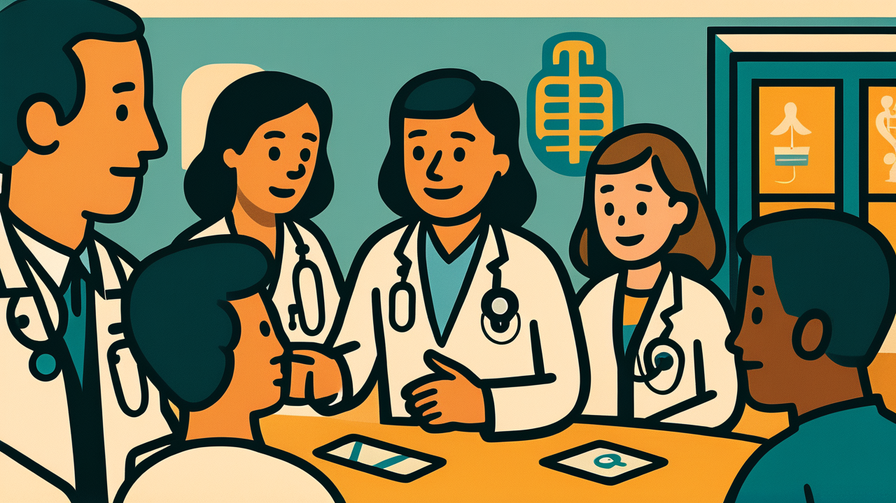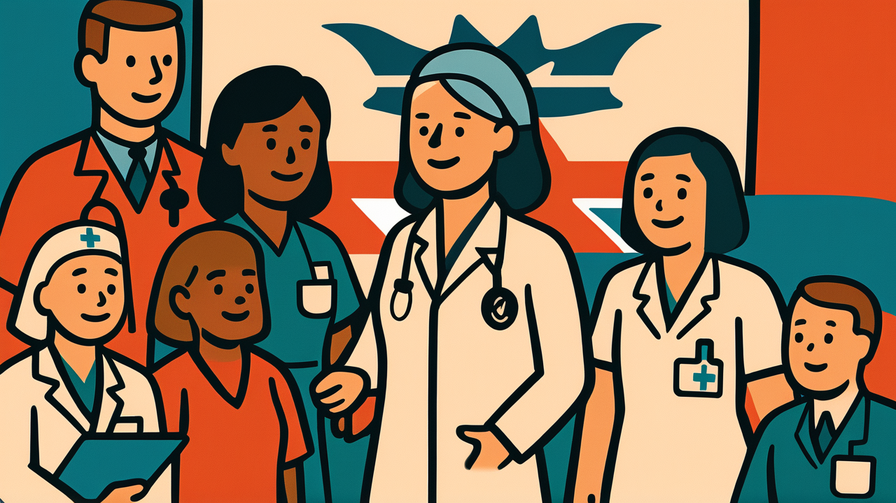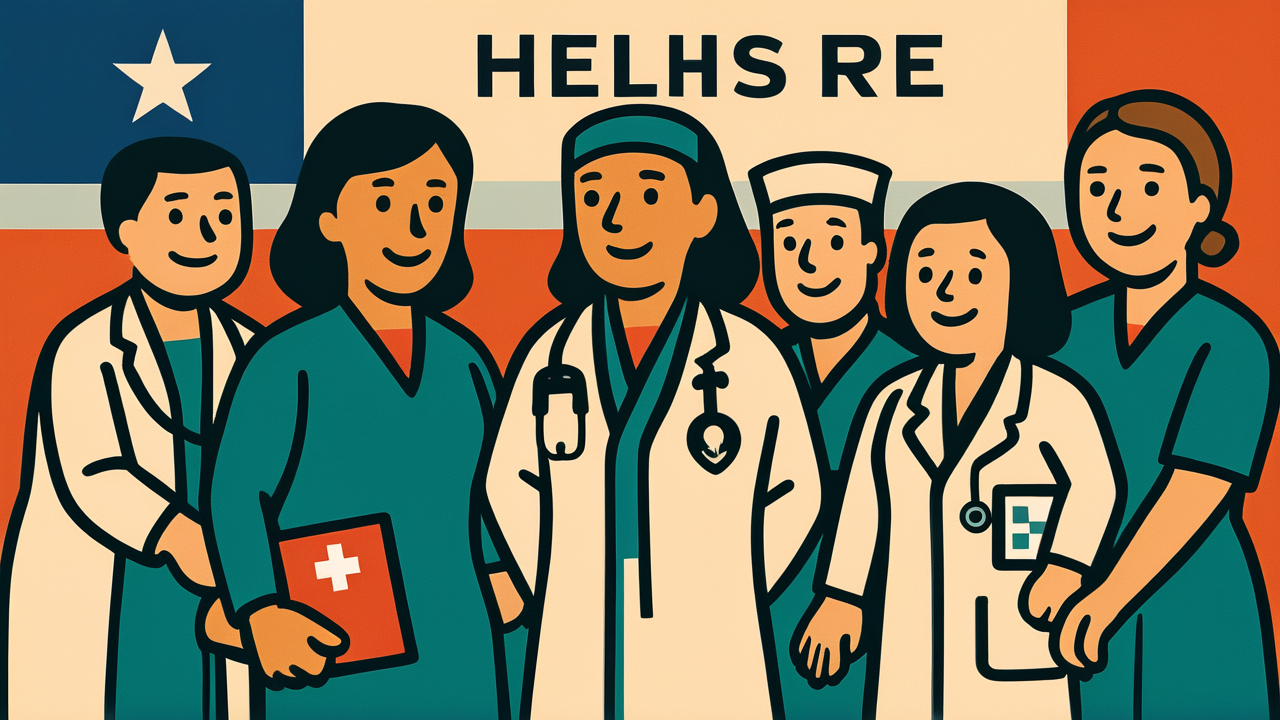[Disclaimer] This article is reconstructed based on information from external sources. Please verify the original source before referring to this content.
News Summary
The following content was published online. A translated summary is presented below. See the source for details.
Health Minister Marjorie Michel, alongside MP Ginette Petitpas Taylor from Moncton-Dieppe, announced a significant $78 million investment over five years to enhance French-language healthcare services for Francophone minority communities. The funding will support seven organizations, including five Atlantic Canadian post-secondary training institutions. This initiative aims to address the healthcare language barrier faced by French-speaking Canadians living in predominantly English-speaking regions. The investment will help train more French-speaking healthcare professionals and improve the availability of medical services in French, ensuring Francophone Canadians can receive care in their preferred official language. This announcement represents a major step in Canada’s commitment to linguistic duality and equitable healthcare access.
Source: Health Canada
Our Commentary
Background and Context

Canada has two official languages: English and French. While Quebec is predominantly French-speaking, there are significant French-speaking communities scattered across Canada, especially in New Brunswick, Ontario, and Manitoba. These are called “Francophone minority communities” because French speakers are outnumbered by English speakers in these areas.
Imagine going to a doctor and struggling to explain your symptoms because you and the doctor don’t speak the same language well – this is the reality for many Francophone Canadians outside Quebec. Medical terminology is complex even in your first language, and miscommunication in healthcare can have serious consequences.
The Canadian Charter of Rights and Freedoms guarantees services in both official languages, but the reality often falls short, especially in healthcare. This creates a two-tier system where language barriers prevent equal access to care.
Expert Analysis
The $78 million investment addresses a critical gap in Canada’s healthcare system. Atlantic Canada, where much of this funding is directed, has historic Francophone communities like the Acadians who have maintained their language for centuries despite being minorities.
By funding training institutions, the government tackles the root cause: there simply aren’t enough French-speaking doctors, nurses, and healthcare workers in these regions. It’s a supply problem that requires long-term investment in education.
The involvement of five Atlantic post-secondary institutions suggests a coordinated regional approach to training bilingual healthcare professionals. This could include French-language nursing programs, medical residencies with French components, and training for existing healthcare workers to improve their French skills.
Additional Data and Fact Reinforcement
Approximately 7.7 million Canadians speak French as their first language, with about 1 million living outside Quebec. In some Atlantic provinces, Francophones make up significant minorities – New Brunswick is 33% Francophone, making it Canada’s only officially bilingual province.
Studies show that patients who receive care in their preferred language have better health outcomes, higher satisfaction, and fewer medical errors. Language barriers can lead to misdiagnoses, medication errors, and patients avoiding healthcare altogether.
The $78 million works out to about $15.6 million per year, distributed among seven organizations. While substantial, healthcare experts note this addresses decades of underinvestment in French-language healthcare infrastructure outside Quebec.
Related News
This announcement aligns with broader federal efforts to strengthen official language rights. The government recently modernized the Official Languages Act, increasing protections for linguistic minorities and requiring more federal services in both languages.
Similar initiatives are happening in education, with increased funding for French-language schools and French immersion programs. The goal is creating a fully bilingual country where citizens can live, learn, and receive services in either official language.
Summary

The $78 million investment in French-language healthcare represents more than funding – it’s about equality, respect for linguistic rights, and ensuring all Canadians receive quality healthcare regardless of language. For young Francophones considering healthcare careers, this creates new opportunities to serve their communities. For all Canadians, it demonstrates how protecting minority rights strengthens the entire country. The success of this program could serve as a model for addressing healthcare disparities in other underserved communities.
Frequently Asked Questions
Why can’t French speakers just learn English for medical appointments? Healthcare involves complex, personal, and sometimes urgent communication. People should be able to express health concerns clearly in their first language, especially during emergencies or when discussing sensitive issues.
Will this funding help English speakers too? Yes, training bilingual healthcare workers benefits everyone. These professionals can serve both language communities, increasing overall healthcare capacity in Atlantic Canada.
How long will it take to see results? Training healthcare professionals takes years – typically 3-4 years for nurses and 6-8 years for doctors. However, language training for existing workers could show results within 1-2 years.


